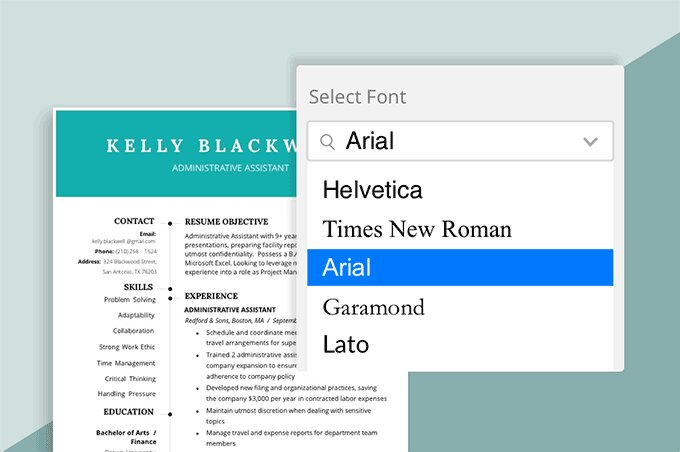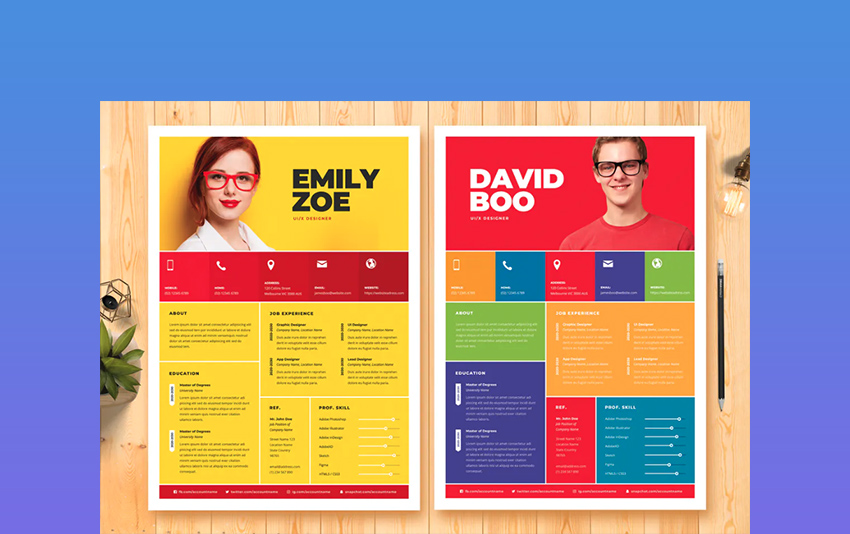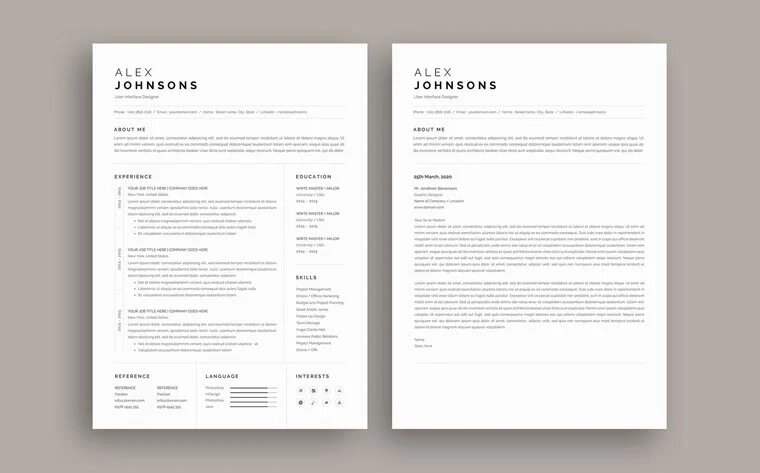You’ve put in the hard work to update your resume and have made sure it’s typo-free, well-organized, and tailored to the job you’re applying for.
But before you hit send, ensure you’re not making any of these common mistakes. Avoiding these blunders will help guarantee your resume is seen in the best light possible.
Use colors sparingly
Don’t use too many different colors on your resume. Stick to two or three colors at the most, and use different shades of the same color. This will make your resume look neater and more professional.
Avoid outdated language
Don’t use outdated language in your resume. It will make you look like you’re not keeping up with the times. Bypass terms like “hard worker” and “team player.” These phrases have been used so often that they’ve lost their meaning. Instead, try talking about your specific skills and accomplishments throughout your career.
Choose readable fonts and sizes

Image Credits: resumegenius.com
When it comes to fonts, it’s best to stick to something simple and easy-to-read like Arial or Times New Roman. You also want to avoid using too many dissimilar fonts in your resume, as this can be confusing for the reader. As for font size, 10 or 11 is a suitable size to use. Anything smaller and your resume may start to look too cramped, while anything larger may make it difficult to read.
Don’t make it too short or too long
One of the most typical mistakes people make when updating their resumes is to make them either too short or too long. Remember, your resume is not a biography! A good rule of thumb is to keep it to one page if you can, and two pages at most.
If your resume is too short, you may not be giving hiring managers a complete picture of your skills and experience. On the other hand, if your resume is too long, you may be overwhelming hiring managers and they may not bother to read it at all. Keep it concise and relevant, and you will be on your way to making the best impression.
Steer away from an unprofessional email address
One of the biggest no-nos when updating your resume is using an unprofessional email address. This will give the image that you’re not serious about your job search. We’re referring to email addresses such as sexylady@gmail.com or drunkendaddy@yahoo.com.sg.
There are a few straightforward steps you can take to make sure your email address is professional. First, choose an email address that’s easy to remember and doesn’t include any weird characters. Secondly, make sure it’s not too long—the shorter, the better. Finally, avoid using any funky spellings or unusual words.
Your resume is the first impression you make on potential employers, so it’s crucial to make sure it’s up-to-date and error-free. But there are some things you should never do when updating your resume, like using too many colors or including irrelevant information. Follow some of the abovementioned approaches and you will be on your way to constructing a resume that stands out from the rest.






